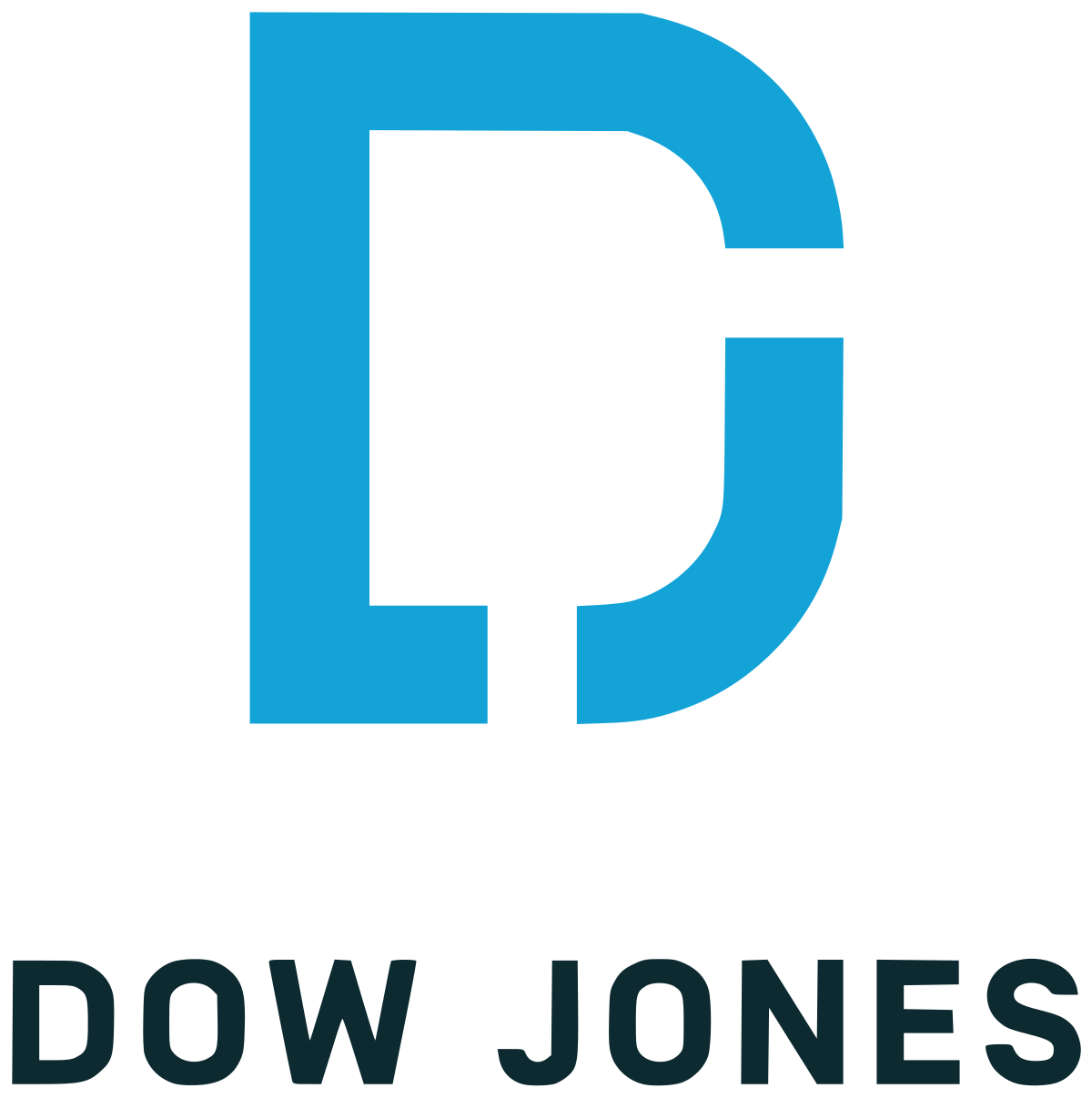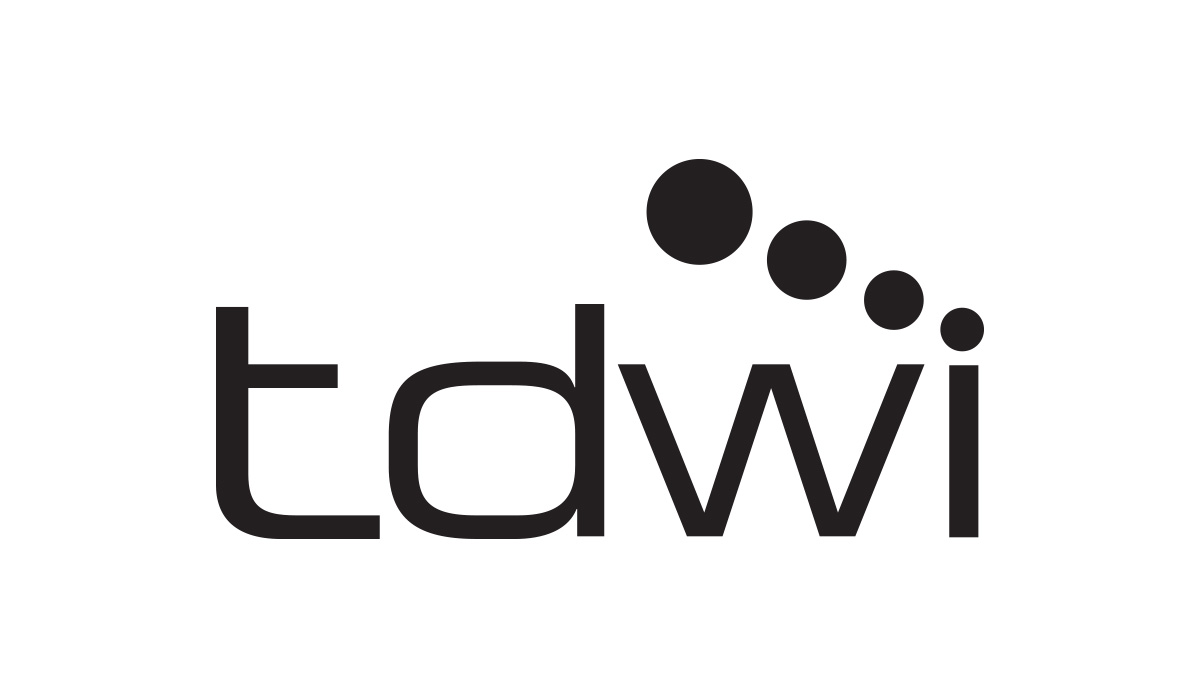

Case Study for Composite Software
Contributed articles published in a two-year period, including articles in BusinessWeek and Virtualization Journal
Analyst relationships secured
Fortune 100 companies using Composite’s data virtualization tools
Product, corporate and visionary awards

Background
When Julie Karbo and Margaret Pereira began working with Composite Software, enterprise information integration (EII) was a nascent, unknown market and Composite Software was still in stealth mode. Reporters were disinterested; customers were by-and-large unaware of EII and its potential value; and EII products were not included in the majority of IT budgets. Not only were reporters disinterested, but many confused EII with the better-known enterprise application integration (EAI). Only three competitors–Composite Software, MetaMatrix and the formidable IBM–vied for market share. Composite had a vision: users should be able to access the information necessary to do their jobs quickly and easily, no matter where that information resided in the enterprise, and no matter what the format of the information source. When the team partnered with Composite prior to the company’s launch, they faced a real challenge: a new, low-visibility market; startup-level resources; and the 800-pound marketing gorilla named IBM.
Objectives/Strategies
To define success, the team worked with Composite to set short- and long-term goals:
The immediate goal: To make EII a visible, viable market to press/analysts and customers by drawing positive coverage for Composite, and accentuating the differences between Composite and its competitors.
The ultimate goal: To establish the EII space as a credible solution category for the IT sector, and more specifically, for enterprise IT. Composite Software’s corporate goal of attaining a market leadership position, and ultimately to drive sales, would be supported by a robust communications program. To maximize efforts, Composite Software asked the team not to pursue business press, in order to laser focus communications efforts on top-tier data journals.
Execution
The team first sought to help Composite stand out from IBM and MetaMatrix by accentuating Composite’s technology strengths and realigning how success should be measured. Initially, the team launched a concentrated campaign to put Composite’s management team at the front lines. Jim Green, credited with inventing CORBA, was an excellent company spokesperson.
As the company gained exposure, the team successfully drew more media attention with customer testimonials verifying the superiority of Composite’s technology. The media found compelling a campaign portraying Composite as the superior technology and product provider and an underdog contending against the likes of IBM.
But making Composite stand out from the rest was not enough; the team also sought to educate the market about EII itself. Composite couldn’t get worthwhile coverage for itself or its products unless the media recognized the importance and identity of EII. To do this, the team focused on the bottom line benefits of EII, communicating to business leaders that EII would help increase efficiency and productivity.
The two avenues of attack succeeded, with EII and its evolved naming considered a critical part of Enterprise IT (the team also led the charge as the category matured from EII to Data Federation to the current Data Virtualization naming in recognition of the technological advancements made over eight years). Composite is clearly perceived as the leader.
Results
Our communications program results were at the highest level. Not only does Composite now lead the short list of EII/data virtualization leaders, but the industry’s two most influential analyst firms, Gartner and Forrester Research, have both publicly named data virtualization as a strategic tool in the IT data management/data integration portfolio.
Specific results include:
- The media now correctly identifies Data Virtualization as separate from EAI and ETL
- Composite was named a “Heavyweight Integration Vendor”, along with Microsoft, SAP, and others;
- Once bought primarily by “early adopters”, Composite’s technology is now being implemented by more conservative, Fortune 100 companies looking to reap the cost savings and productivity boosts offered by Composite’s product suite, including Wachovia, British Petroleum (BP), Pfizer, Putnam and Dell.
- Composite Software and its customers (through nomination by the team on behalf of Composite Software) won product, corporate and visionary awards from Computerworld, eWeek, Infoworld, Intelligent Enterprise, Information Management and TechTarget’s B-Eye-Network.
- Sampling of Influencer Relationships secured on behalf of Composite Software:
- Gartner
- Forrester Research
- Burton Group
- Ventana Research
- Current Analysis
- IDC
- EMA
- Bloor Research
- Ovum
- Hurwitz Associates
- Composite Software and its customers have been featured on different covers of Information Management.
- Over a two year period, 24 contributed articles with Composite Software employee’s bylines were published in publications including: Information Management, DBTA, TechTarget’s B-Eye-Network, Virtualization Journal, SOA World Magazine, ebizQ, ITBusinessEdge, BusinessWeek, Enterprise Strategies Journal (ESJ.com), etc.
- Composite’s VP of Marketing was named the world’s fifth most influential virtualization blogger.
- In 2013, Composite was acquired by Cisco.
In addition to the publications listed above, Composite Software has been featured in:
- The Washington Post
- Tech Target’s SearchDataManagement
- eWeek
- Network World
- InfomationWeek
- TeachWorld
- TWDI’s Business Intelligence Journal
- Enterprise Strategies(ESJ.com)
- DC TechSources
- San Francisco Business Times
- VentureWire
- And more…
A sampling of media that have featured Composite Software:














